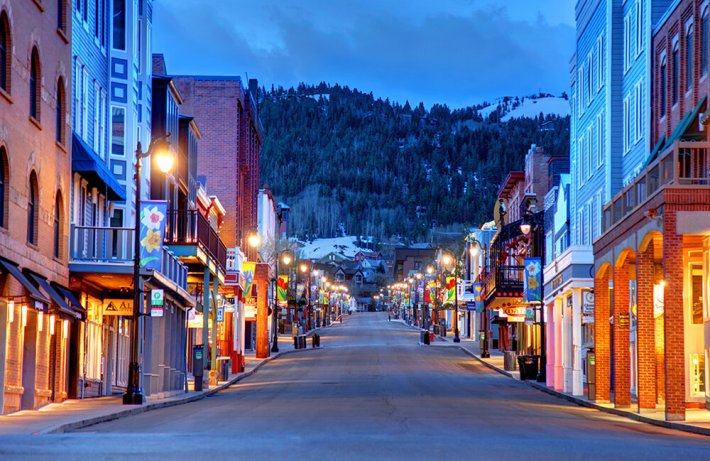Located at the heart of the Wasatch Front, Salt Lake City has grown into one of the fastest-growing metropolitan areas in Utah and the entire country.
Salt Lake City’s jobless rate has dropped to 1.9 percent, which is lower than the national average of 3.6 percent.
New leasing activities across the region for Class-A and Class-B properties fell quarter-over-quarter last year, but as more businesses sought more affordable Class-C counterparts as workers continued to work from home or a hybrid setting.
Salt Lake City’s commercial real estate (CRES) markets have been increasing in recent years, but their CRES fundamentals are starting to weaken as 2022 progresses.
However, it remains relatively affordable compared to other national markets and is expected to grow steadily.
Salt Lake City Demographics
Salt Lake City is the largest and most populous municipality in Utah.
The average age is 31.8, and the average household income is about $90,000. The combo of younger average age and higher average household incomes make Salt Lake City a hot spot for high-paying jobs among young people, especially in the technology industry.
It is one of the two largest cities in the Great Basin region, located in the Salt Lake Valley.
Salt Lake City averages about 21 inches (53 cm) of precipitation annually and has about 107 days per annum with measurable rainfall. As a result, the city’s climate is characterized by hot summers and cold winters, but it is noticeably wetter compared to Los Angeles and Phoenix.
Salt Lake Commercial Real Estate Performance
Overall, asking rents for commercial real estate in Salt Lake City have declined quarter-over-quarter, but they’ve increased annually. The quarterly decrease could be due to lower leasing activity in the city’s submarket. Overall, office vacancies have increased quarter by quarter.
Industrial real estate has become increasingly scarce in the city. Vacancies for office properties dropped from 3.2% to 1.9%. Vacancies for warehouse properties dropped from 4.1% to 2.7%.
Overall, average asking rents for the industrial property have risen by about 3 percent per quarter. The industrial development pipeline for the region continues to be active.
As the number of new rental units increases in Salt Lake City, the demand for multifamily housing increases, rental inventory has increased by nearly 6 percent, and average asking rents are about $1,500 per month.
Salt Lake City Office Overview
Overall, office asking rent prices in Salt Lake City increased to about $25 per sq ft yearly but decreased during the prior quarter.
The total amount of new office space rented by tenants decreased in Q2 2022 compared to Q1: about 619,000 square feet less than the 1.4 million square foot decrease from Q1. This drop in new leases should help absorb the remaining vacancies throughout the remainder of the quarter.
Leasing activity increased significantly in Salt Lake City’s CBD. About 23 percent of new leases were in Class A buildings, accounting for the city’s most significant percentage of new leases.
Speculation suggests employers lease high-quality offices to encourage their workers to return to full-time employment.
Industrial Market in Salt Lake City
Industrial real estate activity has been vital in Salt Lake City, with new construction underway and several large warehouse leases signed in the last quarter. Vacancies remain low at just under two percent.
Across all industrial properties in Salt Lake City, the average asking rent per square foot is about $0.7 per square foot, an annual increase of 24% and a quarterly increase of 3%.
Leasing activity increased by about 1.6 million sq ft in Q2 2022 compared with Q1’s increase of 1.5 million sq ft.
Overall, the industrial real estate sector in Salt Lake City is projected to experience substantial growth throughout the next few years as tenants occupy their spaces and demand increases.
Multifamily Market Overview
Salt Lake City, Utah’s multifamily sector, saw an increase in rental demand in Q2 2022 due to both average to above-average rents and new developments.
During the third quarter, multifamily rents in the city increased by an average of 5%.
Multifamily units were delivered to the market totaling almost 5,000 during the year ending March 2022.
As per the latest market forecasts, the rental market will continue to grow steadily throughout 2022.
Overall Thoughts
Commercial real estate markets in Salt Lake City are expected to remain strong throughout 2022.
It’s been reported that companies in the Salt Lake area may start recruiting employees from outside the metro area, which could increase demand for homes.
Industrial real estate is expected to continue its boom.
